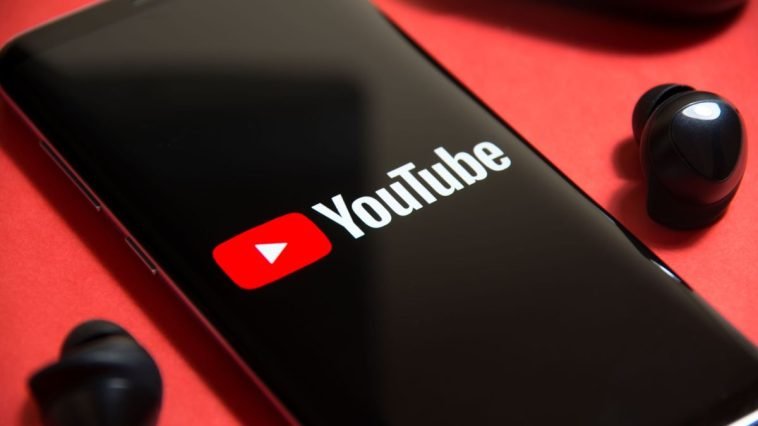Introduction
If you’ve ever wanted to create YouTube videos but felt stuck—because you don’t have fancy gear, a big budget, or editing skills—you’re not alone.
A lot has changed on YouTube over the years, but one thing hasn’t: people still want simple, useful content. And now, with the tools available in 2025, making YouTube videos is easier than ever.
I’ve been making content for a long time, and I can honestly say you don’t need a professional studio or a high-end camera to get started.
What really matters is having something helpful or interesting to share—and knowing how to put it together in a way that feels real. That’s what this post is all about.
I’ll walk you through the simplest way to make YouTube videos this year, even if you’ve never made one before. No complicated software, no confusing steps. Just clear, practical advice you can follow today.
How Do I Create YouTube Videos?
Step 1: Start With an Idea That Solves a Problem
Before you even hit record, figure out what you want to talk about. You don’t need to reinvent anything—just answer a question someone might search on YouTube.
For example:
- “How to make iced coffee at home”
- “Simple way to track expenses with Google Sheets”
- “How I lost 10 pounds walking every day”
People are looking for honest, straightforward content. If you’ve solved a problem or learned something useful, that’s your video idea right there.
Tip: Go to YouTube and type in part of your idea to see what autocomplete suggests. Those are real things people are searching for.
Step 2: Use Your Phone (Yes, It’s Good Enough)
You don’t need a DSLR or a webcam. Most smartphones today shoot in 1080p or even 4K, which is more than enough for YouTube.
Here’s what I recommend:
- Use the back camera (it’s usually better quality than the front)
- Shoot in natural light (like near a window)
- Hold your phone steady or use a cheap tripod (you can get one for under $10)
If you’re filming your screen (like a tutorial or explainer), free tools like Loom or OBS Studio let you record without much setup.
Step 3: Keep It Simple and Real
Don’t overthink it. Your video doesn’t have to be perfect. In fact, most people prefer real videos over ones that feel too polished or scripted.
Here’s what helps:
- Speak like you’re talking to a friend
- Keep your video under 8 minutes if you’re just starting out
- Use simple language, no need to sound like a presenter
If you make a mistake while filming, just pause and say it again. You can cut out that part later. Which brings me to the next step…
Step 4: Edit With Free Tools (No Experience Needed)
Editing used to be complicated. Now, not so much.
If you’re on a phone:
Use CapCut or InShot (both are free and super beginner-friendly)
If you’re on a laptop:
- Try Clipchamp (free and built into Windows)
- Or iMovie if you’re on a Mac
You can trim mistakes, add text, and even throw in some background music. Don’t worry about making it look “professional.” Clean and clear is enough.
Where to get free music:
Step 5: Write a Good Title and Thumbnail
Your video won’t get clicks if no one knows what it’s about. A good title and thumbnail can make all the difference.
For your title:
- Make it specific: “How I Save $500/Month Using This Budget App”
- Use numbers if possible
- Avoid clickbait—trust me, people are tired of it
For your thumbnail:
- Use a clear photo of you or a screenshot from the video
- Add big, bold text with a few words
- Free tools like Canva or Photopea can help
According to Tubics, videos with a clear title and thumbnail get 2x more clicks than those without.
Step 6: Upload, Add a Description, and Hit Publish
Once your video is ready, go to YouTube, click the upload button, and follow the steps. It’s pretty straightforward.
In the description:
- Include a short summary of the video
- Add helpful links if needed
- Put your social links or email if you want people to reach you
Tags aren’t super important anymore, but you can still add a few relevant ones just in case.
Step 7: Share It—But Don’t Spam
After uploading, share the video with a few people who might find it helpful. If you’re part of a Facebook group, Discord server, or Reddit community related to your topic, share it there—but only if it adds value.
You can also post a clip or quote from the video on Instagram, Twitter, or TikTok to get more reach.
Step 8: Learn and Improve With Each Video
Your first video won’t be perfect—and that’s okay. You’ll get better each time.
Check your YouTube Analytics after a few days to see how your video is doing:
- Are people clicking?
- Are they watching to the end?
- What parts are they skipping?
Use this info to improve your next one. That’s how creators grow—step by step.
FAQs
Do I need to show my face in the video?
Not at all. Many successful YouTubers use voiceover with screen recordings, slides, or stock footage.
How often should I post?
Once a week is great, but even once every two weeks is okay. Focus on quality and consistency.
What if I have a small audience?
Everyone starts small. Focus on making helpful videos. People will find you over time.
Can I use AI tools to speed up the process?
Yes! Tools like Descript help with editing using text, and ChatGPT can help you write your script or video ideas.
Final Thoughts
YouTube doesn’t need to feel overwhelming. In 2025, you can start creating videos with just your phone, a clear idea, and a bit of patience. You don’t need to be famous, rich, or tech-savvy. You just need to start.
Your voice matters. And there’s someone out there who’s searching for exactly what you have to share.
What’s stopping you from recording your first video today?





GIPHY App Key not set. Please check settings